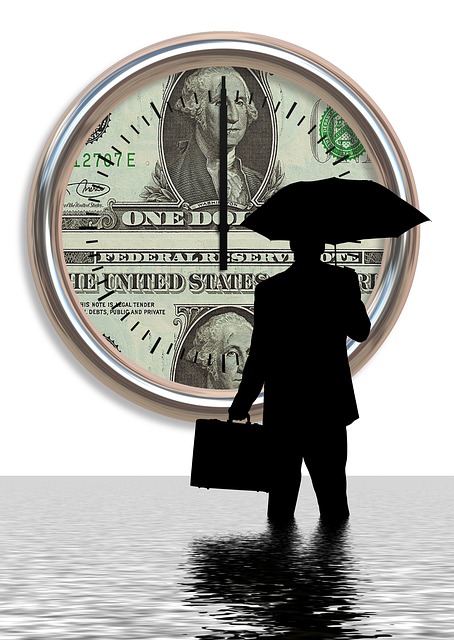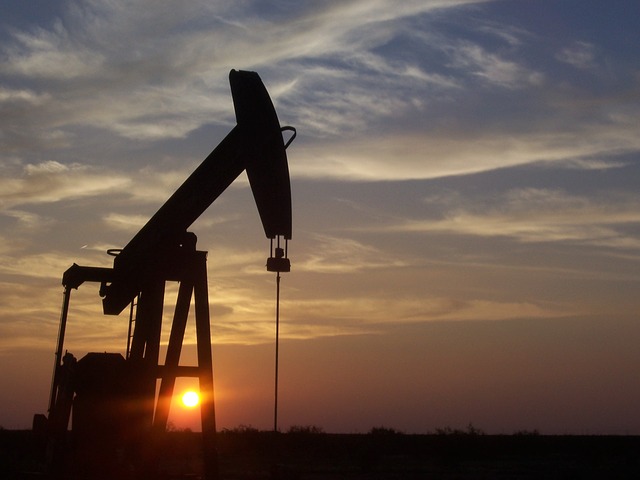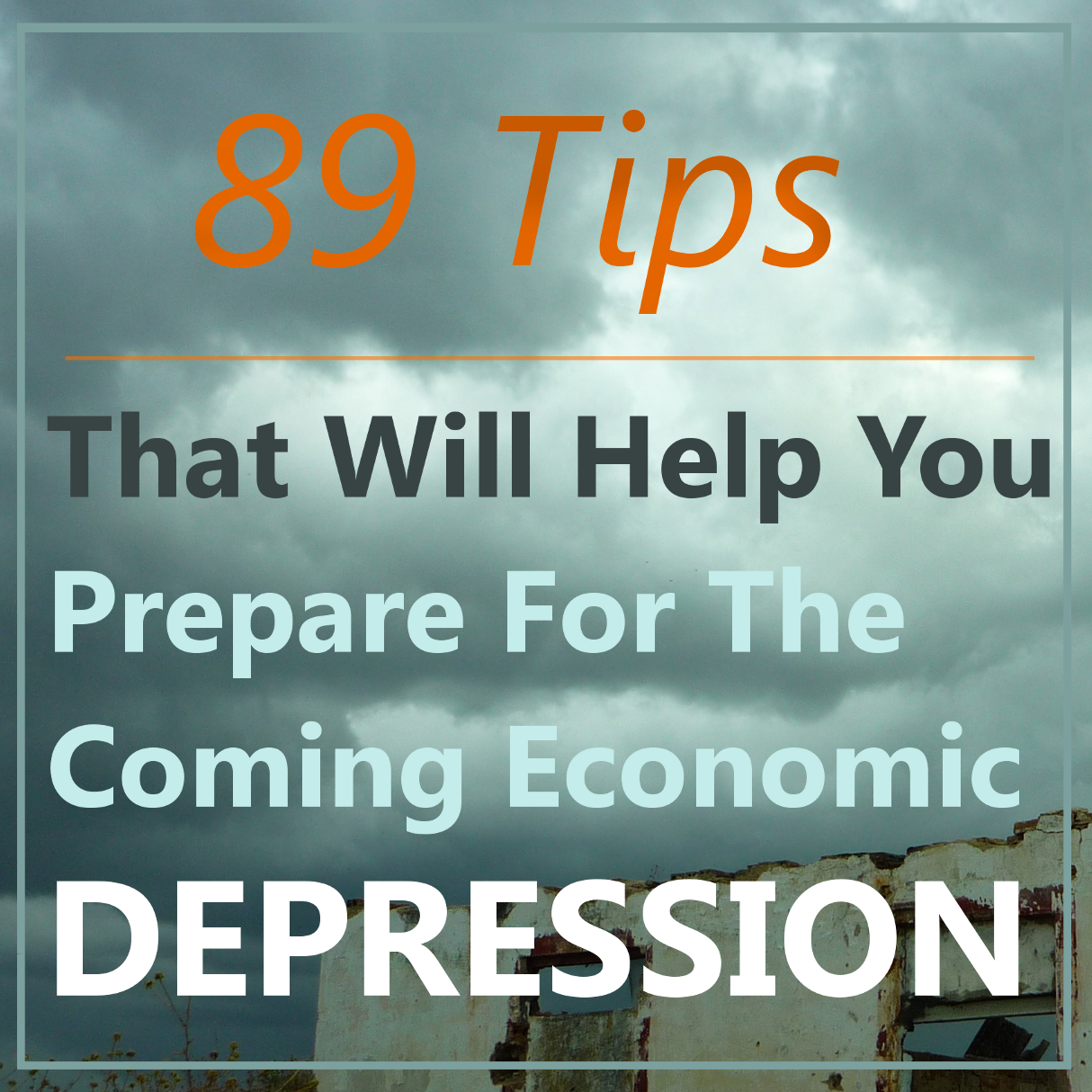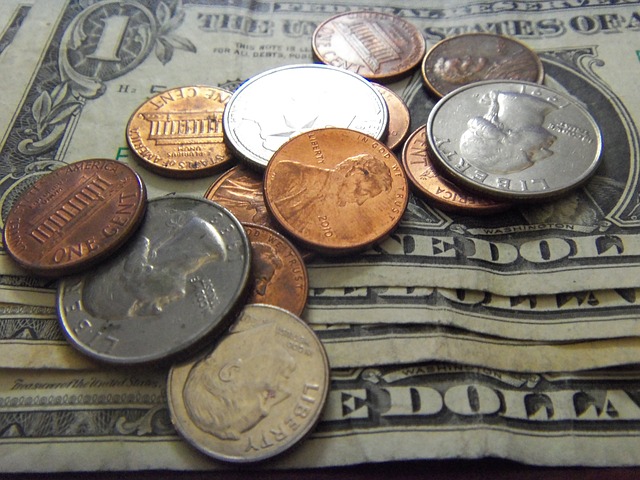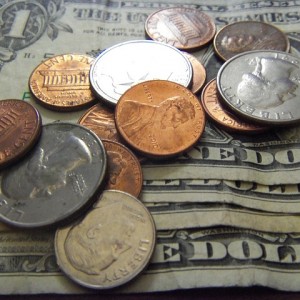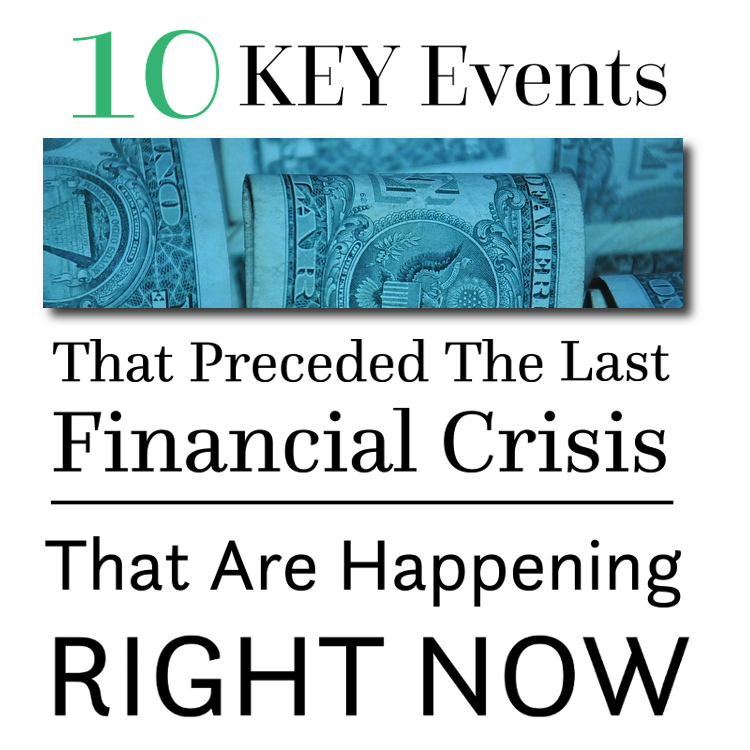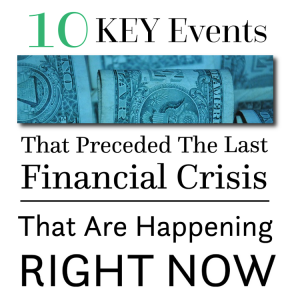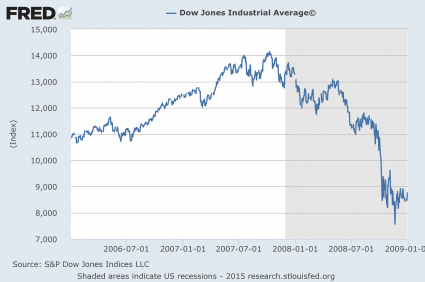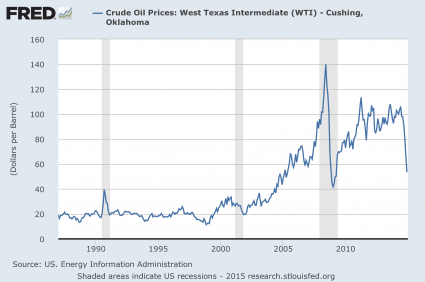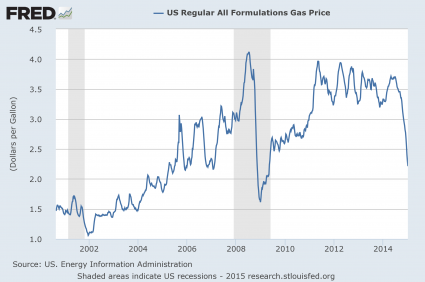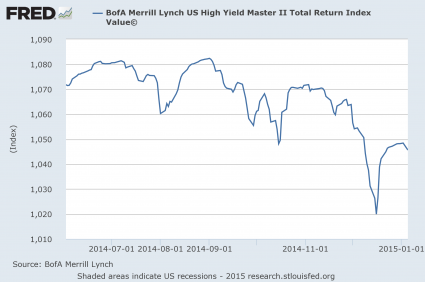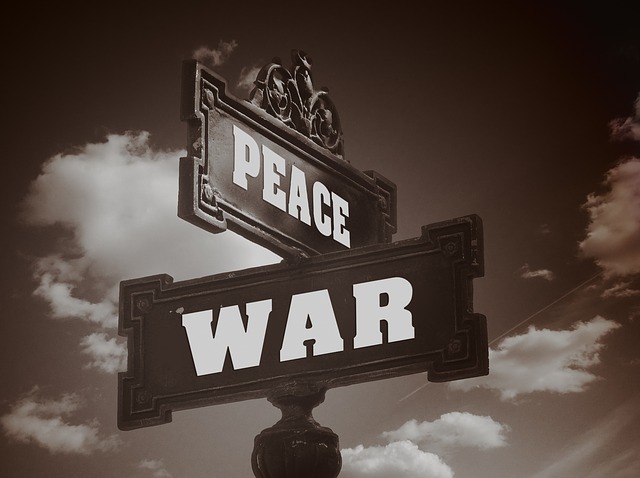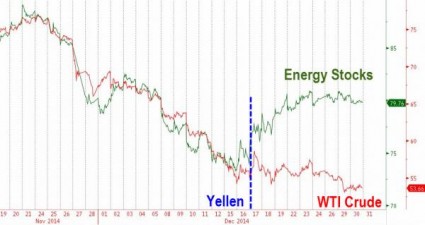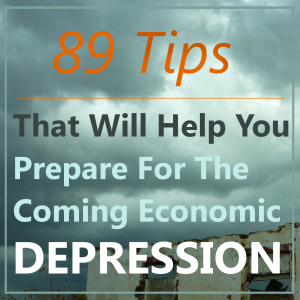 What do we need to do in order to prepare for the coming economic collapse? Are there practical steps that we can take right now that will help us and our families survive the economic depression that is approaching? As the publisher of The Economic Collapse Blog, I get asked these kinds of questions a lot. Once people become convinced that an economic collapse is coming, they want to know what they should do. And so in this article I am going to share some key pieces of advice from some of the top experts in the entire country. If you are not convinced that economic disaster is on the way, this article might not be for you. Instead, I would encourage you to go to my website where you will find more than 1,200 articles that set out the case for the coming economic collapse in excruciating detail. For those of you that are interested in getting prepared, I apologize in advance for the outline format of this article. To examine each of these points in detail would take an entire book. In fact, I am the co-author of a book that will soon be published that discusses many of these things in great depth. But you don’t have to wait for a book to get prepared. Mostly, it comes down to common sense. In this article, I share 89 common sense tips that will help you get prepared for the coming economic depression. Hopefully a lot of people will find these to be very helpful.
What do we need to do in order to prepare for the coming economic collapse? Are there practical steps that we can take right now that will help us and our families survive the economic depression that is approaching? As the publisher of The Economic Collapse Blog, I get asked these kinds of questions a lot. Once people become convinced that an economic collapse is coming, they want to know what they should do. And so in this article I am going to share some key pieces of advice from some of the top experts in the entire country. If you are not convinced that economic disaster is on the way, this article might not be for you. Instead, I would encourage you to go to my website where you will find more than 1,200 articles that set out the case for the coming economic collapse in excruciating detail. For those of you that are interested in getting prepared, I apologize in advance for the outline format of this article. To examine each of these points in detail would take an entire book. In fact, I am the co-author of a book that will soon be published that discusses many of these things in great depth. But you don’t have to wait for a book to get prepared. Mostly, it comes down to common sense. In this article, I share 89 common sense tips that will help you get prepared for the coming economic depression. Hopefully a lot of people will find these to be very helpful.
This first set of tips are 11 things that I strongly encourage my readers to do…
#1 Have An Emergency Fund – This is so important that I wrote an entire article about this recently.
#2 Don’t Put All Of Your Eggs Into One Basket – In addition to having an emergency fund, you will also want to have gold, silver and other hard assets. It is also a very good idea to keep a limited amount of cash at home in case you can’t access an ATM during a major emergency of some sort.
#3 Reduce Your Expenses And Get Out Of Debt – During a time of crisis you want to be as “lean and mean” as possible. If you simplify your life and reduce your debt load now, you will be in much better shape when the next economic depression does arrive.
#4 Move Your Money Away From Unsafe Investments – When the financial world falls apart, you don’t want your finances to be exposed. Markets tend to go down much faster than they go up, and during the next great financial crisis millions of Americans that have their life savings in stocks and bonds are going to get totally wiped out.
#5 Store Food And Supplies – Your dollars will never stretch farther than they do right now. You probably will not need emergency food and supplies in the short-term, but the truth is that none of us ever knows when a major emergency will strike. During 2014, my wife and I felt more of an urgency to stock up then ever before, and I hope that people are using this brief period of relative stability to do what they can to get prepared.
#6 Learn To Grow Your Own Food – Anything that you can do to become more independent of the system is a good thing. This includes growing your own food. And the truth is that some of the most expensive items in the grocery store these days are fresh fruits and vegetables.
#7 Defending Yourself And Your Family – As our world become increasingly unstable, people are going to become a lot more desperate. And desperate people do desperate things. You are going to need to have a plan for that.
#8 Move Away From The Big Cities If Possible – For a lot of people that are dependent on their current jobs, this is simply not possible right now. But if it is possible for you, this is something that I strongly recommend that you think about. Being stuck in the middle of a major city is not going to be a good place to be in the years ahead.
#9 Be Ready To Bug Out – There may come a time when you are forced to evacuate from your current location. This may happen with very short notice. If this ever does happen to you, the key will be to be prepared for it.
#10 Build A Community – Your neighbors and close friends can be an invaluable resource. A cord of multiple threads is not easily broken, and if you have people that you can depend upon during a crisis that can make a world of difference.
#11 Have A Back-Up Plan And Be Flexible – Mike Tyson once aptly observed that everyone has a plan until they get punched in the mouth. The years ahead are going to require a great deal of flexibility, and you may find that the plans that you have made need to be altered. So don’t get fixated on just one approach.
When there is a major emergency, some of the most simple items suddenly become some of the most important.
The following are 11 items that I recommend that every household have on hand…
– an axe
– a can opener
– flashlights
– battery-powered radio
– extra batteries
– lighters or matches
– fire extinguisher
– blankets
– sewing kit
– duct tape
– tools
And here are about a dozen more key items that should be on your list from Survival Mom…
- Lightsticks. You can pick up one of these every time you wander into a Home Depot. They don’t need batteries and can be hung around the neck with a string making it easier to spot everyone in your party when it gets dark. An alternative is the UVPaqlite, which never needs batteries.
- Wool socks and sweaters. People have literally frozen to death wearing their layers of cotton knit tees and hoodies. For true survival conditions, nothing beats wool.
- Upholstery needles and thread. What if a sleeping bag or tent rips and you have no way of mending it?
- Roll of quarters. Handy for phone calls, although payphones aren’t as common as they used to be, and laundromats, but if you put it in a sock and wield it like a sling, you have a handy-dandy weapon! If the quarters are pre-1965 and 90% silver, you have a whole new type of currency.
- Pencils. Forget the pens. They can run out of ink and freeze in cold weather. With a pocket knife, you’ll always have a sharp pencil.
- Super glue. Professional hockey players always have this on hand to seal up small cuts, and the glue itself is harmless. Unless you get it in your eye, like I did. But that’s a story for a different type of post!
- Rubber bands. String just doesn’t cut it when what you really need is a rubber band
- Tampons in a cardboard tube. Did you know a tampon can be fit snugly into a bullet wound? Guys on the battlefield carry these with them. Just be aware that the blood in the wound will begin to clot. Leave it to a medical professional to remove the tampon from the wound. They’re also good for kindling.
- Paracord belt. It’s an accessory and survival tool in one!
- Waterproof wrist watch. Makes perfect sense. I had just never thought of it.
- Animal repellant trash bags. Use these when you’re camping and animals will stay the heck away from your trash.
- Safety pins.
- Dental floss. Besides helping to keep your teeth clean, it makes sturdy thread for mending.
But don’t just get focused on acquiring things.
Some of the most important elements of preparation involve things that we need to do for ourselves.
Acclaimed survival expert James Wesley Rawles has put together a “personal list” of things that everyone should think about before a crisis strikes. A lot of these things are topics that “preppers” never seem to write about…
*****
Spare glasses.
Prescription and nonprescription medications.
Birth control.
Keep dentistry up to date.
Any elective surgery that you’ve been postponing
Work off that gut.
Stay in shape.
Back strength and health—particularly important, given the heavy manual tasks required for self-sufficiency.
Educate yourself on survival topics, and practice them. For example, even if you don’t presently live at your retreat, you should plant a vegetable garden every year. It is better to learn through experience and make mistakes now, when the loss of crop is an annoyance rather than a crucial event.
“Comfort” items to help get through high stress times. (Books, games, CDs, chocolates, etc.)
*****
If you have a serious illness or disease, that is going to need to be one of your top priorities when making preparations for the coming crisis.
This next tip comes from an excellent article that Dave Hodges published recently…
If you or your family has a chronic health condition, it is critical that you have 6 months to a year in medicine. Also, you should research natural alternatives to treatment for health conditions in case you are not able to meet this goal due to the inability to obtain prescriptions. Don’t forget to obtain some pain medication and antibiotics in case of unforeseen emergencies.
Probably one of the most popular topics for preppers to write about is food storage.
But those that are new to prepping are often very confused about how to get started.
It doesn’t have to be complicated. If you start out by focusing on staples that you eat all the time, you should be in great shape. The following are some recommendations about food storage that Pat Henry of the Prepper Journal has shared…
- Rice – First off, buy a 50lb. bag of rice. These contain 504 servings and I don’t know too many people who won’t eat rice. It is simple to cook and stores for years if you keep it cool and dry. This bag at Sam’s costs about $19 now.
- Beans – Next buy a bag of dry beans. This will check off the Beans part of your Beans, Bullets and Band-Aids list. A good size bag is about $5 and makes 126 servings. Buy two if you think your family would like them.
- Canned meat – Cans are great for fruits and vegetables and anyone can find something they will eat. For canned meat, I recommend tuna or chicken because it tastes a heck of a lot better than Spam and you can easily mix that into your rice. For the meat you will need approximately 35 cans. Each can has about 3 servings and this will be the most costly, but they last over a year usually and your family probably eats chicken or tuna on a semi-regular basis anyway so restocking this should be simple.
- Canned Vegetables – you will need about 40 cans of vegetables and again this can be whatever your family will eat. Expect to pay around a dollar each so $40 for veggies to last your family a month.
- Canned Fruit – again, simple fruits that your family will eat. These can even be fruit cocktail if that is the safest thing. At Costco they have the #10 cans of fruit like pears or apple slices and each of these has 25 servings. 5 of these will cost about $25 and give your family their daily dose of fruit.
- Oatmeal – Good old-fashioned oatmeal is simple to cook and store. A normal container has 30 servings each so purchase about 4 of these and your family won’t starve for breakfast. At $2 each that is about $8 for breakfast for a month for a family of four. Could you exchange Pop-tarts? Maybe, but I find oatmeal more filling and less likely to be snacked on.
- Honey– Honey is a miracle food really as it will never go bad if you keep it dry and cool. Honey will last you forever and Sam’s has large containers that hold 108 servings. You can use this in place of sugar to satisfy the sweet tooth. Honey even has medicinal properties and you can use this to add some flavor to your oatmeal for breakfast.
- Salt – Same as honey, salt will never go bad if you keep it dry and helps the flavor of anything. You can buy a big box of salt for around $1 and that will last your whole family a month easily.
- Vitamins – I recommend getting some multivitamins to augment your nutrition in the case of a disaster or emergency. Granted, rice and beans aren’t the best and you won’t be getting as many nutrients from canned fruit and vegetables so the vitamins help to fill in the gaps and keep you healthy. One big bottle costs about $8. You will need to get a kids version too if you have children small enough that they can’t or won’t swallow a big multivitamin.
And as I mentioned above, another key to getting prepared is self-defense. If you make all the preparations in the world, but somebody comes along and steals them from you, they won’t end up doing you any good.
The following are some basic tips about home security from prepping expert Todd Sepulveda…
*****
Front Door – Your front door is a layer. But it shouldn’t be your only layer. Besides reinforcing the strike plate with 2 inch screws, you should have a solid deadbolt. Another layer could be a storm door with a lock or even burglar bars. A good latch is valuable too! If you want to add even more layers, utilizing a security door bar is a good idea. But you don’t only want to make sure that your front door is securely layered. Take some time to layer all the doors in your home.
Windows – Every window has a lock. But you can add a layer by including sliding window locks for about $5. Other options would include tint or blinds, which would make it harder for someone to look inside your house.
Burglar Alarm – A burglar alarm is a serious layer. Alarms can be monitored by an alarm company or they can be self-monitored. Self-monitored systems have greatly advanced and will even allow you to view your home on your smartphone.
Dogs – A dog or dogs can be a great layer, especially if they bark. My dogs alert me the minute someone is in the front of the yard. They run and bark at the door and don’t stop until I open it. Outside dogs are a layer to your perimeter. A big dog on the other side of the fence will make any criminal think twice.
Outside Lights – Lights that are mounted on the outside of your home, especially ones that are triggered by motion sensors are a must! Roaches run when you turn on the lights! Someone who is watching your house will not want to approach it if they know the lights are going to draw attention to them.
Outside Landscaping – Bushes can be a layer around windows. It is important that you don’t create an environment that will create a hiding place for someone to lay in waiting. Make sure that the bushes you choose to plant are thorny and cause a lot of discomfort if someone wants to go through them.
Personal Defense – A firearm is a layer that you would want to have if needed. If you want to use something that is not so deadly, you can always pick up a can of ColdSteel Inferno to spray in someone’s face. Having a few of these cans hidden in different parts of the house is a good idea.
Safe Room – A safe room would be a last ditch layer. Some people are putting them into their homes. If this is a scenario you want to take, you should research the necessary components for a “safe” safe room.
Neighborhood Watch – Although a Neighborhood Watch isn’t just focused on your home, it is a layer that could cause the bad guys to go looking in a different neighborhood altogether. Neighborhoods that have a Neighborhood Watch usually post signs in the entrances of their neighborhood.
Neighbors – Even if you don’t have a Neighborhood Watch, you should get to know your neighbors, especially those pesky ones that stay in everyone’s business…because they are going to keep a lookout! You gotta take some bad with the good!
Street Lights – Sticking with your neighborhood, it would be a good idea to immediately report any street lights that are out to the city or county that manages them. Again, light causes the roaches to run for cover!
Signs – Don’t underestimate the power of a cheap sign. A sign on a fence that reads “Beware of Dog” or a Security company sign on the front lawn somewhere will cause the bad guys to think twice before attempting to break into your house.
*****
If you do need to leave your home during a crisis, you should have a “bug out bag” ready for each member of your family.
The following are 7 key items that Survival Cache recommends including in each bug out bag…
1. Water
2. Food
3. Clothing
4. Shelter
5. First Aid Kit
6. Basic Gear
7. Weapons
Finally, it is important to remember that nobody is perfect and that everyone makes mistakes.
The following are 14 common mistakes that Backdoor Survival says a lot of preppers make…
1. Failure to inventory stored food supplies
2. Failure to perform a risk analysis and prepping for the most likely disruptive events first
3. Preparing mostly to bug out rather than bugging in
4. Failure to evacuate at just the right time
5. Having the gear but not knowing how to use it
6. Underestimating other humans as a threat
7. Spending your entire budget on gear instead of on food, water, and medical supplies
8. Lacking the knowledge to properly store your food supplies
9. Buying gear and supplies while ignoring the need to develop skills
10. Relying only on yourself and ignoring like-minded members of your community
11. Just because someone else does something does not mean that you should do it to
12. Falling victim to prepper procrastination
13. Obsessing about being behind the curve-ball
14. Forgetting that there is a life beyond prepping
Are there any additions that you would make to this list of tips?
Please feel free to add to the discussion by posting a comment below…
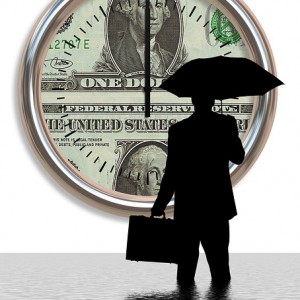 We are really starting to see the price of oil weigh very heavily on the economy and on the stock market. On Tuesday, the Dow was down 291 points, and the primary reason for the decline was disappointing corporate sales numbers. For example, heavy equipment manufacturer Caterpillar is blaming the “dramatic decline in the price of oil” for much lower than anticipated sales during the fourth quarter of 2014. Even though Caterpillar is not an “energy company”, the price of oil is critical to their success. And the same could be said about thousands of other companies. That is why I have repeatedly stated that anyone who believes that collapsing oil prices are good for the U.S. economy is crazy. The key to how much damage this oil collapse is going to do to our economy is not how low prices ultimately go. Rather, the key is how long they stay at these low levels. If the price of oil went back to $80 a barrel next week, the damage would be fairly minimal. But if the price of oil stays at this current level for the remainder of 2015, the damage will be absolutely catastrophic. Just think of the price of oil like a hot iron. If you touch it for just a fraction of a second, it won’t do too much damage. But if you press it against your skin for an hour, you will be severely damaged for the rest of your life at the very least.
We are really starting to see the price of oil weigh very heavily on the economy and on the stock market. On Tuesday, the Dow was down 291 points, and the primary reason for the decline was disappointing corporate sales numbers. For example, heavy equipment manufacturer Caterpillar is blaming the “dramatic decline in the price of oil” for much lower than anticipated sales during the fourth quarter of 2014. Even though Caterpillar is not an “energy company”, the price of oil is critical to their success. And the same could be said about thousands of other companies. That is why I have repeatedly stated that anyone who believes that collapsing oil prices are good for the U.S. economy is crazy. The key to how much damage this oil collapse is going to do to our economy is not how low prices ultimately go. Rather, the key is how long they stay at these low levels. If the price of oil went back to $80 a barrel next week, the damage would be fairly minimal. But if the price of oil stays at this current level for the remainder of 2015, the damage will be absolutely catastrophic. Just think of the price of oil like a hot iron. If you touch it for just a fraction of a second, it won’t do too much damage. But if you press it against your skin for an hour, you will be severely damaged for the rest of your life at the very least.